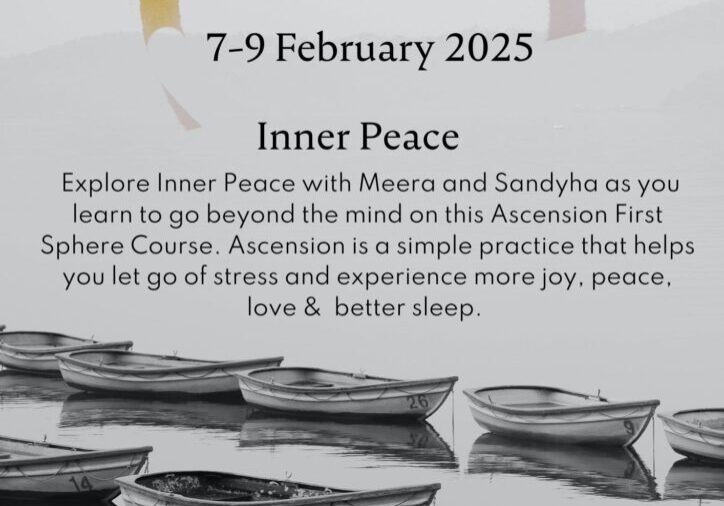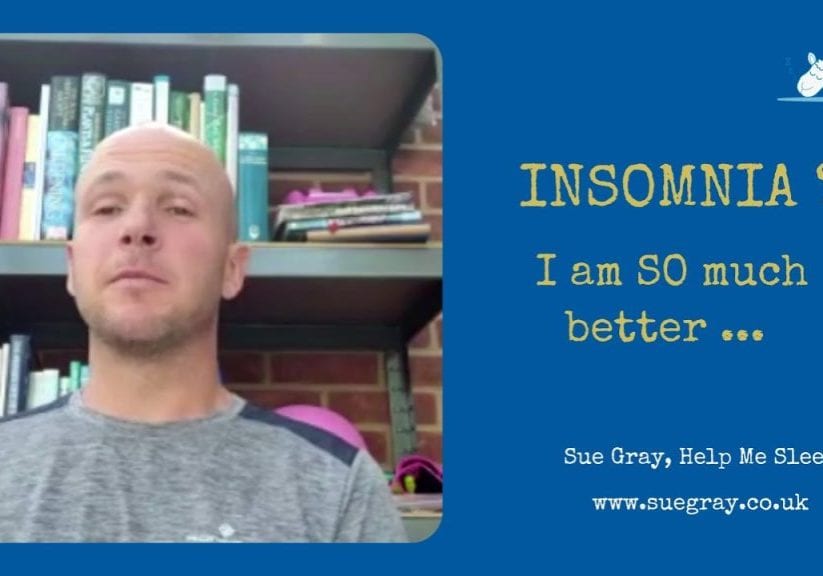These five techniques focus on how you can use your mind and body to help you sleep or get back to sleep if you wake up at night. Using these five sleep techniques that focus on relaxing your breathing, your eyes, your posture, your mouth and watching your thoughts, will also help you become calmer, more grounded, and more in touch with your body. Using them during the day will help them become second nature.
The media is full of advice about creating the perfect bedroom and a brilliant evening routine—but if your stress levels are high, your mind is racing, and you are worrying about not sleeping, worrying about work and family, etc..….. Yes, you guessed it – the chance of you nodding off into a blissful, deep, refreshing sleep is pretty low.
1. Nasal Breathing Will Help Improve Your Sleep
Most of us breathe through our mouths a lot if not all the time. This is not good for our bodies or our sleep, as mouth breathing switches on your Fight and Flight mode.
But first, experiment with breathing quickly through your mouth for 30 seconds. It’s not very calming, is it? Now change to nasal breathing quiet, deep, slow and gentle. Notice how that makes you feel.
You can also become aware of your outbreathes. Notice how your breath naturally slows and deepens. Can you make the breath longer? How does that make you feel? Use nasal breathing throughout your day.
Switching to nasal breathing will improve your sleep and well-being.
Relaxing Your Body
2. Relaxing your Vision
The second technique to help you sleep focuses on your eyes. We notice if someone looks calm or stressed and angry and much of it has to do with their eyes.
First, make your eyes hard and stare straight ahead—this is Foveal Vision. How does it feel? When do you automatically use it – at the computer, driving perhaps, when you are problem-solving? Now, relax your eyes and smile. Allow your gaze to become softer and, wider.. How do you feel?
With your relaxed, soft, wider gaze, notice how much more you can see up and down, left and right—without even having to move your eyeballs. This is Peripheral Vision. You can use Peripheral Vision throughout your day and still be alert. You naturally use it when you want to be in the zone—not spaced out—and it is a different quality of alertness to Foveal Vision.
3. Noticing your mouth
The third sleep technique is noticing your mouth. First, close your mouth, push your lips together, and look cross.
And now relax and smile – with your mouth and your eyes.
Next, imagine yourself smiling from your heart.
How does that make you feel?
4. A Relaxed Posture
The fourth sleep technique concerns your posture – especially your back, neck and shoulders.
First, tense all the small and large muscles and clench your fists. Now imagine every single muscle just relaxing—even the ones you did not even know existed. How does that feel? Do this five times.
What happens to your eyes and breathing?
5. Watching Your Thoughts
Watching your thoughts is the last but arguably most important technique. You probably can’t stop your thoughts, but the great news is that you do not need to! Instead, play with distancing yourself from them. First, count them for a minute or two. It does not matter if you have 100 or 0 or got lost—it’s all part of the exercise.
Observe your thoughts as they flow through your mind for the next minute or two. It is like the waves on the beach. They roll in, turn into the surf on the sand, and roll out again. Then another thought comes, and another, and another. Just observe the thoughts as they come and go. Sometimes, the sea is rough, and you have lots of thoughts. Other times, the waves are slower – with more time between them, you may notice a small space, a moment of calm before the next one comes in.
Or here https://www.youtube.com/watch?v=EUj0WkwUsfQ
If you can accept that you cannot control your thoughts – they are like the waves or the clouds in the sky, you can stop believing them all the time. As a small child, you spent much time without incessant thinking. Exploring, running, jumping, painting, playing, singing, and dancing.
Do you think the Olympic Athletes are thinking random thoughts about dinner tonight as they perform or train? They are focused but in the zone, using their awareness and instincts.
Why These Work
When stressed, we are in Flight, Fight, and Survival mode. This is our Sympathetic Nervous System, and it keeps us alert to dangers and helps us move fast and react quickly.
It aims to get us away from danger. If you are running from danger, you want to put all your energy into running so your body switches off functions that it doesn’t need, like digestion and sleep. It is easy to switch into this mode—we just need to think a few stressful thoughts. Try it now: think about a stressful event in your day or someone who has upset you.
The alternative is our Parasympathetic Nervous System. You can remember being chilled, calm, and unphased by events and people around you, even when everything seemed chaotic. There are no prizes for guessing which system you want to turn on for sleep!
Sadly, switching on Flight and Flight Mode is faster and easier than switching to Thrive, Sleep, and Smile Mode. But you CAN do it by relaxing the body and observing your thoughts —just keep practising these techniques to help you sleep, smile and thrive!
Summary
These five powerful techniques, watching your thoughts, focusing on your breathing, relaxing your body – mouth, eyes and posture, can transform your sleep – and show you a different life, where you can be relaxed and content as well as sleep well. If you need more help or have a question, please get in touch
Sue Gray
07792 447 331
Watching the Mind and other exercises










